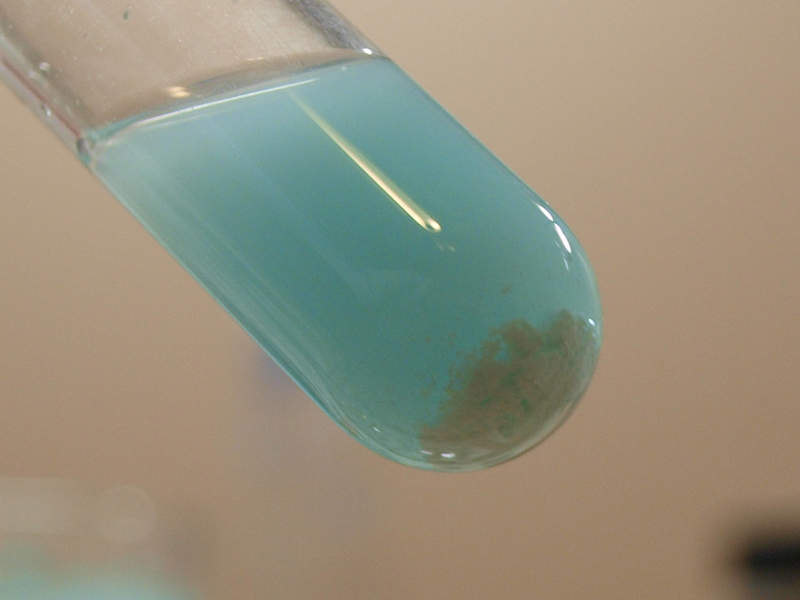

What is unique about AgBr Frenkel pairs is that the interstitial Ag i + are exceptionally mobile, and that its concentration in the layer below the grain surface (called the space-charge layer) far exceeds that of the intrinsic bulk. The major defect in silver halides is the Frenkel defect, where silver ions are located interstitially (Ag i +) in high concentration with their corresponding negatively charged silver-ion vacancies (Ag v −). Frenkel defects and quadropolar deformation Factors such as crystal growth, impurities, and surface defects all affect concentrations of point ionic defects and electronic traps, which affect the sensitivity to light and allow for the formation of a latent image. įurther research into this mechanism revealed that the photographic properties of silver halides (in particular AgBr) were a result of deviations from an ideal crystal structure. This paper triggered a large amount of research in fields of solid-state chemistry and physics, as well more specifically in silver halide photosensitivity phenomena. Silver halide solubility in water CompoundĪlthough photographic processes had been in use since the mid-1800s, there were no suitable theoretical explanations until 1938 with the publication of a paper by R.W.

These differences are attributed to the relative solvation enthalpies of the halide ions the enthalpy of solvation of fluoride is anomalously large. The solubility of AgF is about 6 × 10 7 times that of AgI. The silver halides have a wide range of solubilities. Unlike the other silver halides, iodargyrite (AgI) contains a hexagonal zincite lattice structure. The coordination geometry for AgBr in the NaCl structure is unexpected for Ag(I) which typically forms linear, trigonal (3-coordinated Ag) or tetrahedral (4-coordinated Ag) complexes. The larger halide ions are arranged in a cubic close-packing, while the smaller silver ions fill the octahedral gaps between them, giving a 6-coordinate structure where a silver ion Ag + is surrounded by 6 Br − ions, and vice versa. Silver bromide reacts with triphenylphosphine to give a tris(triphenylphosphine) product: Physical properties Crystal structure ĪgF, AgCl, and AgBr all have face-centered cubic (fcc) rock-salt (NaCl) lattice structure with the following lattice parameters: Silver halide lattice properties Compound Silver bromide reacts readily with liquid ammonia to generate a variety of ammine complexes, like Ag(NHĢ. The crystals are formed by precipitation in a controlled environment to produce small, uniform crystals (typically < 1 μm in diameter and containing ~10 12 Ag atoms) called grains. Modern preparation of a simple, light-sensitive surface involves forming an emulsion of silver halide crystals in a gelatine, which is then coated onto a film or other support. Preparation Īlthough the compound can be found in mineral form, AgBr is typically prepared by the reaction of silver nitrate with an alkali bromide, typically potassium bromide: AgNO 3(aq) + KBr(aq) → AgBr(s)+ KNO 3(aq)Īlthough less convenient, the compound can also be prepared directly from its elements. The salt can be found naturally as the mineral bromargyrite. AgBr is widely used in photographic films and is believed by some to have been used for making the Shroud of Turin. This property has allowed silver halides to become the basis of modern photographic materials. Silver bromide (AgBr) is a soft, pale-yellow, water-insoluble salt well known (along with other silver halides) for its unusual sensitivity to light.


 0 kommentar(er)
0 kommentar(er)
